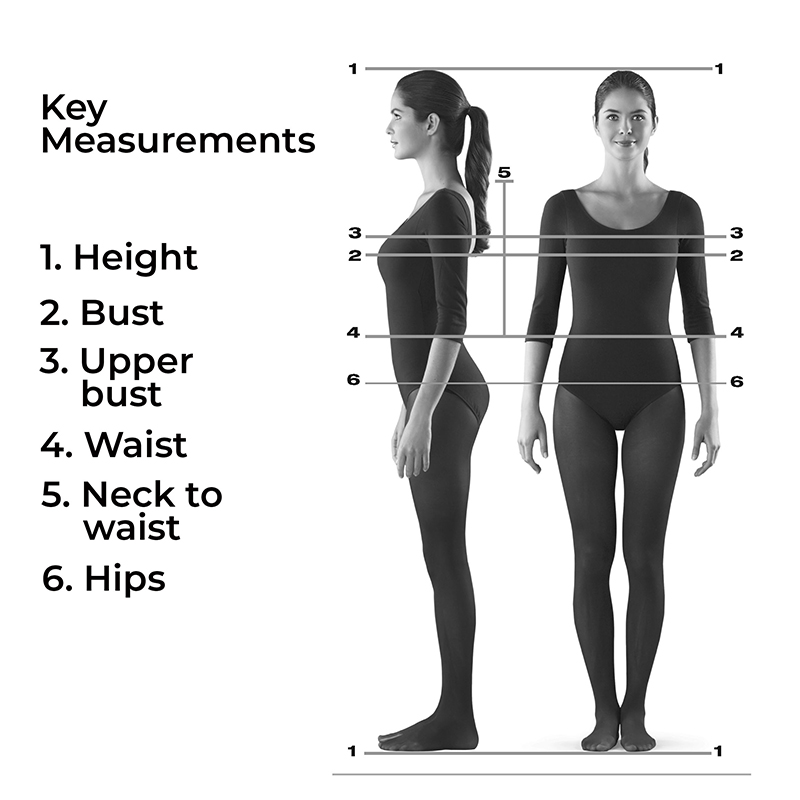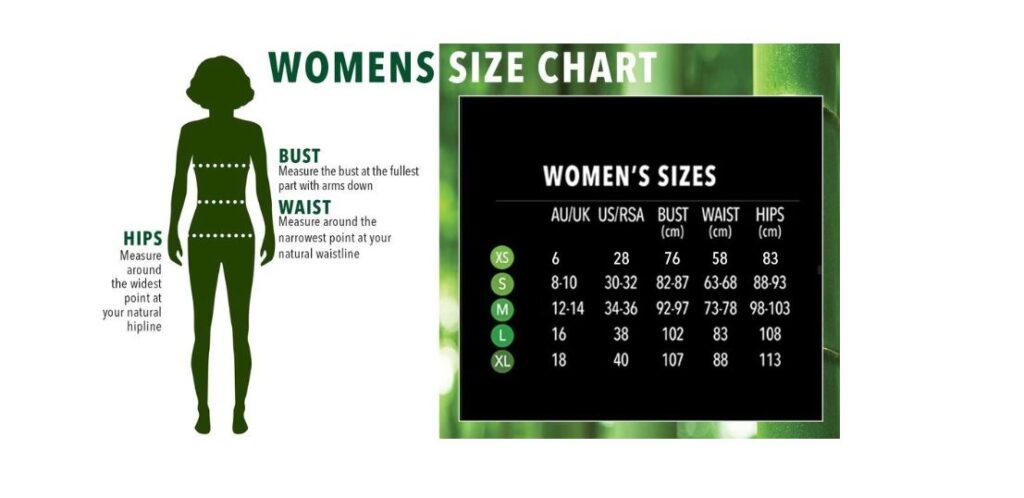Welcome, fashion enthusiasts!
We’ve all been there – eagerly awaiting an online order or excitedly browsing through the racks in a store, only to find that the gorgeous dress we’ve been eyeing doesn’t fit quite right. Cue the disappointment!
But fear not, dear readers, for today we embark on a journey to decode the mystery of dress sizes. Understanding the intricacies of accurate measurements is the key to unlocking a wardrobe filled with perfectly fitting outfits.
Uncover the secrets of accurate dress measurements with our step-by-step guide. Say goodbye to ill-fitting clothes and hello to a wardrobe that perfectly complements your unique body shape!
Say goodbye to the frustration of ill-fitting clothes, and let’s dive into the world of precise measurements!
Section 1: Gathering Your Tools – The Essentials for Precise Measurements
Before we delve into the nitty-gritty of measuring, let’s make sure you have the right tools at your disposal. A flexible measuring tape is your best friend in this journey. It effortlessly wraps around your body, ensuring accuracy without any hassle.
If you don’t have one, invest in a good-quality tape – trust me; it’s a game-changer. Additionally, you might want to have a friend lend a helping hand, especially for hard-to-reach areas like the back or bust.
Now, let’s talk about clothing choices. Opt for snug-fitting, but not tight, clothing when taking measurements. This ensures that your readings are as accurate as possible.
Tight clothing can distort measurements, leading to sizing mishaps. With your trusty tape and the right attire, you’re ready to conquer the art of accurate measurements!
Section 2: Mastering the Bust, Waist, and Hips – The Triad of Dress Size Determinants
The first trio of measurements crucial for determining dress size are bust, waist, and hips. These are the anchor points for most sizing charts.



Begin with the bust – wrap the measuring tape around the fullest part, ensuring it stays parallel to the ground. Move on to the waist, which is typically the narrowest part of your torso.
For the hips, measure around the fullest part, usually at the hip bone.
Transitioning smoothly between these measurements ensures a seamless process. Remember, a slight tug on the measuring tape is acceptable, but avoid pulling it too tight.
Consistency is key – if you breathe in while measuring your waist, do the same for the bust and hips. The goal here is not just accuracy but also a true reflection of your body’s natural shape.
Section 3: Beyond the Basics – Specialty Measurements for a Perfect Fit
Now that we’ve covered the essentials, let’s explore some specialty measurements that can make a significant difference in achieving the perfect fit.
First up, the shoulder width. Measure from the edge of one shoulder to the other, ensuring the tape follows the natural curve of your shoulders. This is particularly crucial for garments like blazers and jackets.
Moving down, the inseam measurement is vital for pants and skirts. This is the distance from your inner thigh down to the desired length of the garment. Be mindful of the type of shoes you plan to wear with the item, as this can affect the inseam measurement.
Additionally, for dresses with unique necklines, measure from the base of your neck to where you want the neckline to fall.
Section 4: Navigating Sizing Charts – A Roadmap to the Perfect Fit
With your measurements in hand, it’s time to decode sizing charts. Keep in mind that sizing can vary across brands, so always refer to the specific chart provided by the retailer. Check if the chart is based on your actual body measurements or if it corresponds to the garment’s dimensions. This can make a significant difference, especially when shopping online.
Don’t be disheartened if your measurements fall into different size categories. It’s not uncommon to have, for example, a smaller waist and larger hips. In such cases, consider going for the size that accommodates the larger measurement and then make alterations as needed. Remember, it’s not about the number on the tag but about how the garment fits and enhances your unique body shape.
Congratulations!
You’ve successfully navigated the maze of dress sizes and emerged victorious with a toolkit of accurate measurements. Armed with this knowledge, you’re now equipped to confidently choose garments that not only align with your style but also embrace and enhance your body’s natural shape.
No more guessing games or disappointing fittings – it’s time to revel in the joy of a wardrobe filled with outfits that make you look and feel fabulous!
Now, go forth and conquer the fashion world with your newfound measurement mastery.
FAQ: Decoding Dress Sizes
Q1: Why is it important to measure myself accurately for clothing?
A1: Accurate measurements are the foundation of a well-fitting wardrobe. Knowing your precise measurements ensures that the clothes you choose complement your body shape, providing comfort and confidence. Ill-fitting clothes can be uncomfortable and affect your overall look.
Q2: How often should I update my measurements?
A2: Ideally, update your measurements whenever you notice a significant change in your body shape or weight. Lifestyle changes, such as diet or exercise, can also impact your measurements. Keeping them current ensures your clothing choices remain tailored to your body.
Q3: Can I use any measuring tape for accurate measurements?
A3: While any measuring tape is better than none, it’s advisable to use a flexible one designed for body measurements. These tapes are made to contour the curves of your body, providing more accurate readings than rigid tapes.
Q4: What if my measurements fall into different size categories on a sizing chart?
A4: It’s not uncommon to have varied measurements. In such cases, opt for the size that accommodates the larger measurement and consider alterations for the other areas. Remember, it’s about achieving the best overall fit, not a specific size label.
Q5: How do I measure myself if I don’t have someone to help?
A5: For hard-to-reach areas like the back or bust, use mirrors strategically to get a clear view. Additionally, consider using tools like clips or pins to hold one end of the tape in place temporarily.
Q6: Do clothing sizes vary between brands?
A6: Yes, sizing can differ significantly between brands. Always refer to the specific sizing chart provided by the retailer and be prepared for variations. Pay attention to whether the chart is based on your body measurements or the garment’s dimensions.
Q7: Can alterations fix a dress that is slightly too big or too small?
A7: Yes, alterations can work wonders. A skilled tailor can adjust the size of the garment to better fit your measurements. However, it’s easier to alter a garment that is slightly too big than one that is too small.
Q8: Are there any universal sizing standards?
A8: Unfortunately, there’s no universal sizing standard in the fashion industry. Each brand may have its own sizing criteria. That’s why it’s crucial to refer to the sizing chart provided by the specific brand or retailer you’re purchasing from.
Feel free to refer back to this FAQ section whenever you have questions about the dress sizing process.
Happy shopping, and may your clothes always fit like a dream!












 New Collection
New Collection Women
Women Men
Men







